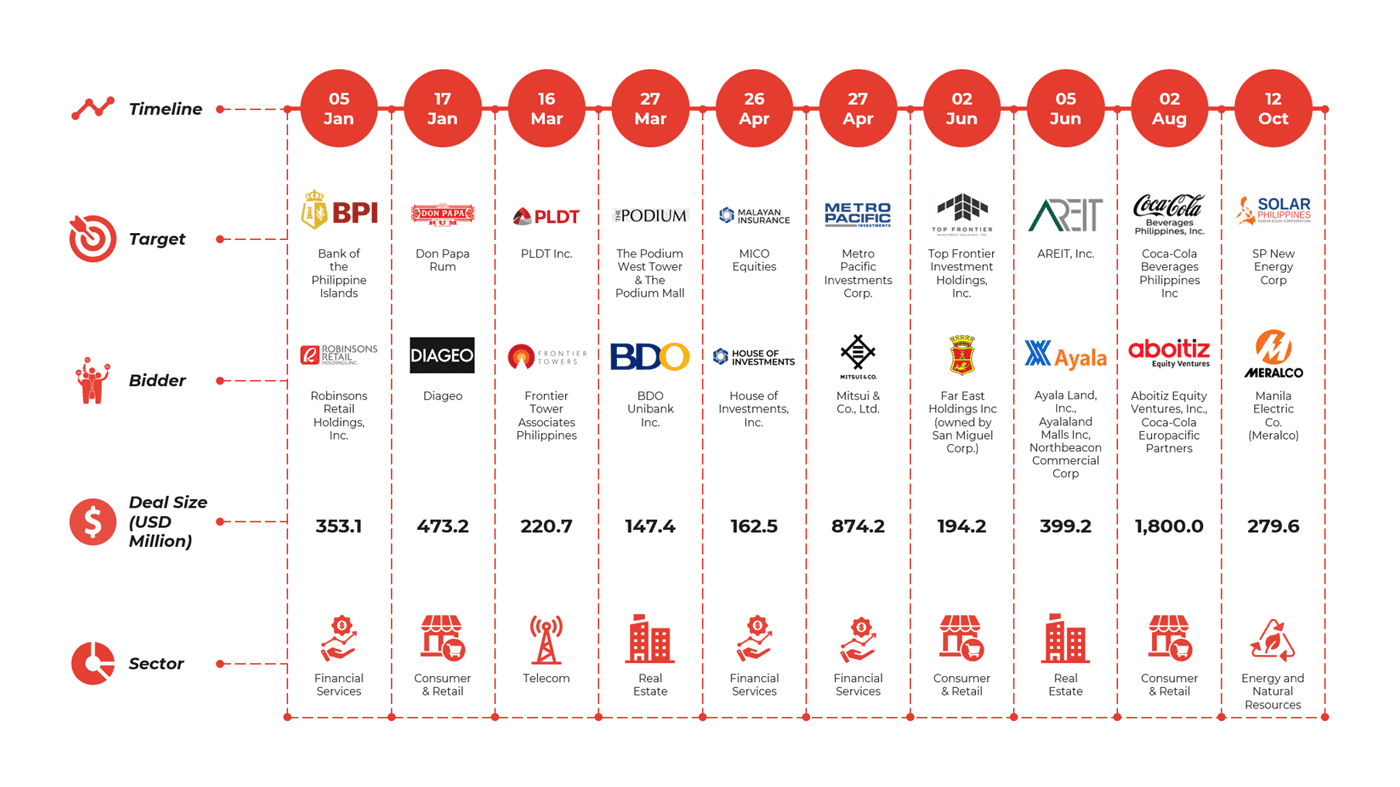The Philippines has been reshaping its rules on foreign direct investment (FDI) and mergers and acquisitions (M&A). Liberalization in sectors like renewable energy, telecommunications, and transport has opened the door for full foreign ownership. Yet at the same time, strict caps remain in sensitive areas such as land, education, and media. These Philippines M&A Regulation Updates reflect a balancing act: attracting foreign capital while protecting industries deemed vital to national interests.

FDI Landscape and Investor Confidence
Foreign investor appetite remains steady despite evolving regulations. Net FDI inflows stood at US$12 billion in 2021, softening to around US$8.9 billion in both 2023 and 2024. In May 2025, inflows rose by 21.3% year-on-year to US$586 million, suggesting continued confidence in the country’s economic fundamentals.
This resilience is supported by reforms allowing greater foreign participation in key growth sectors. At the same time, the government continues to enforce ownership limits in politically and socially sensitive industries.
Philippines M&A Regulation Updates: The Role of Regulators
M&A deals in the Philippines face oversight from multiple agencies. The Philippine Competition Commission (PCC) reviews transactions that meet notification thresholds to prevent anti-competitive mergers. The Securities and Exchange Commission (SEC) monitors compliance with foreign shareholding rules, while the Bangko Sentral ng Pilipinas (BSP) regulates banking investments and capital registration.
For foreign acquirers, understanding how these agencies coordinate is critical. Even when liberalization allows full ownership in some sectors, approvals must align with broader competition, capital, and corporate governance rules.
Read Also: New Rules of Philippines E-commerce Innovation, See The Retail Shifts
Foreign Investment Negative List (FINL): What Changed
The 12th Foreign Investment Negative List (FINL), issued in 2022, defines which sectors are restricted or capped for foreign investors. Some of the most notable rules include:
Mass media remains fully closed to foreign ownership.
Advertising is capped at 30%, and recruitment firms at 25%, restricting foreign acquisition in these industries.
Defense-related manufacturing and retail trade allow up to 40% foreign equity, though retail requirements were eased, lowering minimum paid-up capital from US$2.5 million to US$446,000.
These thresholds affect how foreign companies structure M&A deals, often pushing them toward joint ventures or minority stakes.
Liberalization Opens New Doors
While restrictions remain, significant opportunities have emerged:
Renewable energy projects are now open to 100% foreign ownership, a major shift driven by the Department of Energy’s updated rules.
Public services such as telecommunications, airlines, and railways are no longer classified as “public utilities” under amendments to the Public Service Act of 2022, enabling full foreign ownership.
These reforms encourage foreign participation in industries central to infrastructure, digital transformation, and sustainability. For international firms, they present a path to deeper integration into the Philippine economy.
Read Also: Philippines Renewable Energy Auctions: New Contracts Amid Rising Demand
Philippines M&A Regulation Updates and The Impact on M&A Strategies
For investors, the Philippines now presents a dual environment:
Opportunity-driven sectors like renewable energy and transport offer room for complete control of operations, attracting long-term capital.
Regulated industries such as media and advertising force foreign players to rely on partnerships and creative deal structuring.
This combination shapes the M&A market, where strategic alliances, minority holdings, and phased investments remain common. The evolving Philippines M&A Regulation Updates are pushing investors to be both ambitious and cautious.
Balancing Growth and Protection
The Philippine government is navigating the fine line between welcoming foreign capital and safeguarding industries considered culturally or politically sensitive. For investors, success in this market means not just bringing in capital but also demonstrating alignment with national development priorities.
As M&A activity continues to grow, the nation is likely to refine its balance of openness and protection. The Philippines M&A Regulation Updates will ensure that foreign investments support long-term economic stability and inclusive growth.

